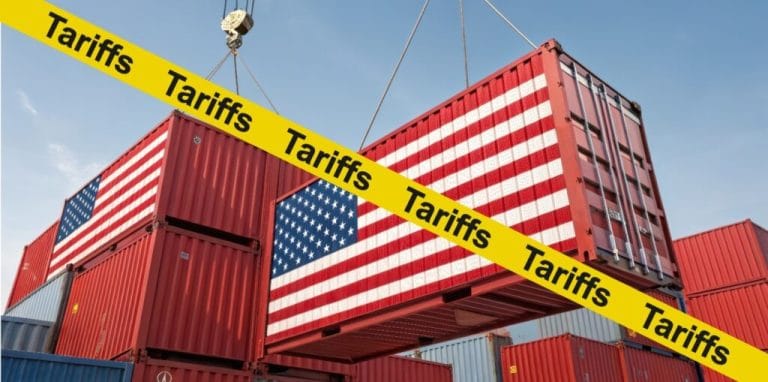🎧 Listen to This Article
In a significant development reported by Handelsblatt, the European Commission is reportedly ready to accept a flat 10% US tariff provided that key trade conditions are met. This move aims to defuse escalating transatlantic trade tensions, particularly around sensitive sectors like automobiles, pharmaceuticals, and microelectronics.
1. Background: Rising Trade Pressures
The European Union and the United States have been entangled in high-stakes trade talks as fears over potential US tariff hikes on EU car exports grow. Brussels views the proposed 10% flat-rate tariff as a possible compromise that would avert more punitive, sector-specific duties.
While the EU seems open to a 10% ceiling, the US has not yet reciprocated, particularly regarding automobile tariffs, which remain a critical sticking point.
2. What’s at Stake: Automotive & Advanced Industries
Without a deal, European exports—especially high-end vehicles and microelectronic components—could face much steeper tariffs, hurting German, French, and Italian manufacturers in particular.
Brussels negotiators are hoping that a flat, predictable tariff will provide the certainty needed for cross-border investment and supply chain planning, while also protecting EU producers from sudden shocks.
3. Conditional EU Concessions
If the US agrees to cap car tariffs at 10%, the EU is willing to offer reciprocal trade incentives:
- Lower EU import tariffs on US vehicles
- Mutual recognition of certain US product standards in future regulatory alignments
Such measures would ease compliance costs for US exporters and encourage smoother bilateral trade relations.
4. Geopolitical and Trade Policy Implications
This proposal comes amid broader global trade recalibrations, with the US and EU seeking to solidify alliances in strategic industries such as semiconductors and pharmaceuticals, particularly in the face of increasing Chinese economic influence. For international corporations, supply chain planning, customs strategy, and tariff forecasting are becoming more complex—and more essential to long-term decision-making.
Expert Commentary (By Global Trade Policy Analysts):
A flat 10% tariff—if agreed—could signal the beginning of a managed trade era between the EU and US, where predictability and political coordination matter as much as liberalization. This development should be closely monitored by automotive OEMs, pharmaceutical giants, and tech supply chain leaders.
Businesses operating transatlantically should prepare contingency models around tariff outcomes and factor in potential regulatory shifts related to standards convergence.
For further details, clarification, contributions, or any concerns regarding this article, please get in touch with us at editorial@tax.news. We value your feedback and are committed to providing accurate and timely information. Please note that our privacy policy will handle all inquiries.



